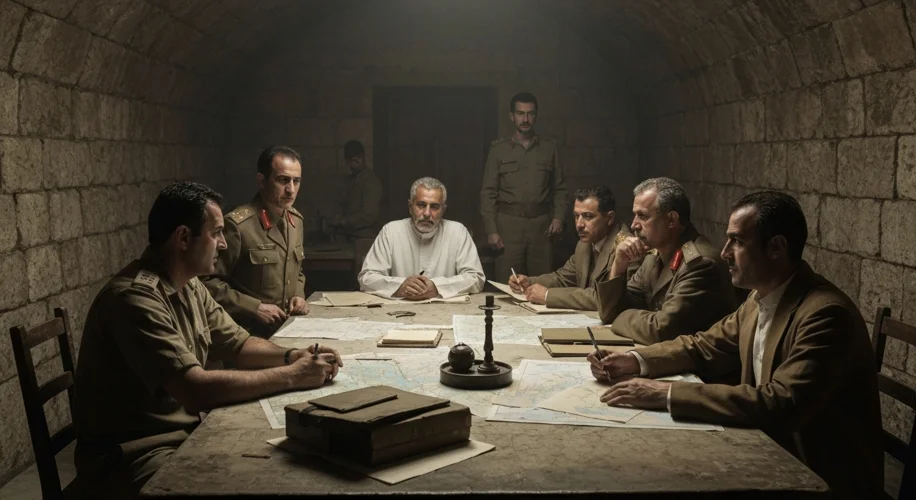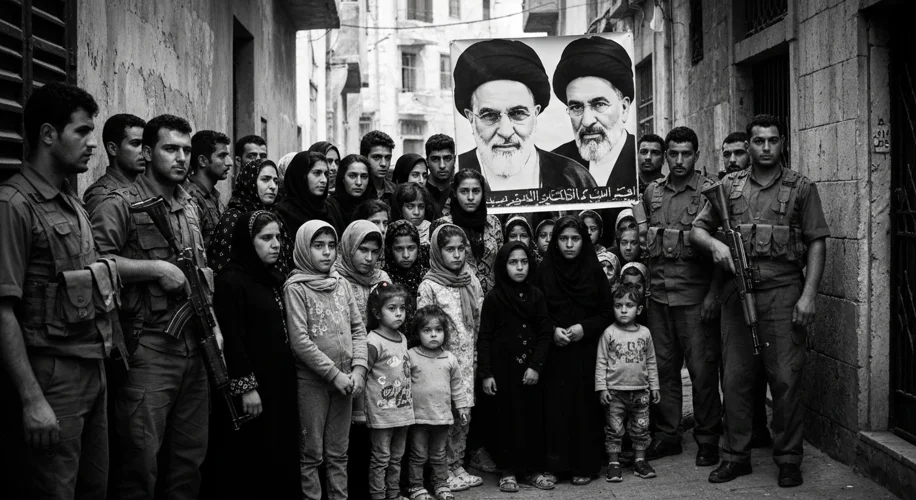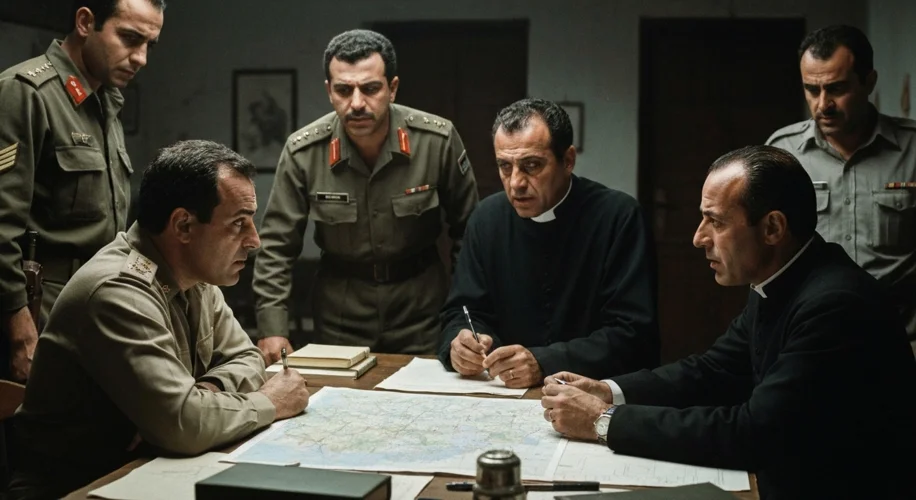The year is 1982. The air in Beirut is thick with the scent of dust, cordite, and a simmering desperation. Lebanon, once a jewel of the Levant, is fractured. Its delicate mosaic of communities is being torn apart by civil war, and the Israeli invasion has plunged the nation into a brutal new chapter. Amidst this chaos, a new force is coalescing, one that would fundamentally reshape the region: Hezbollah.
To understand Hezbollah’s birth, we must first glimpse Lebanon’s complex tapestry. For decades, the country had operated under a confessional system, a delicate power-sharing arrangement among its diverse religious groups – Maronite Christians, Sunni Muslims, Shia Muslims, Druze, and others. This system, while intended to ensure representation, also fostered deep-seated sectarian tensions. The Shia community, historically the most marginalized, felt increasingly disenfranchised, particularly in the southern parts of the country and the eastern Bekaa Valley.
The stage for radicalization was set long before 1982. The rise of the Iranian Revolution in 1979, led by Ayatollah Ruhollah Khomeini, sent ripples across the Shiite world, offering a potent vision of Islamic governance and resistance against perceived Western and Israeli influence. Many Lebanese Shia, already alienated and seeking a stronger voice, found resonance in this revolutionary ideology.
The immediate catalyst for Hezbollah’s formation, however, was the Israeli invasion of Lebanon in June 1982. Launched in response to a Palestinian Liberation Organization (PLO) assassination attempt on the Israeli ambassador to Britain, the invasion aimed to expel the PLO from Lebanon. While it succeeded in that objective, it also destabilized the country further and created a power vacuum, particularly in the south. This vacuum was filled by a new wave of militant groups, many inspired by the Iranian model and fueled by anti-Israeli sentiment.

It was in this crucible of invasion, civil strife, and ideological fervor that Hezbollah, literally “Party of God,” began to take shape. While its exact origins are shrouded in the secrecy befitting a nascent militant organization, historical accounts point to a confluence of factors. Influential Shia clerics, many educated in Najaf, Iraq, and Qom, Iran, played a crucial role. Figures like Hussein al-Musawi and Abbas al-Musawi were instrumental in mobilizing youth and articulating a vision of an Islamic resistance movement.
Initially, Hezbollah emerged as a collection of disparate Shia Islamist cells and factions, often operating under different names. These groups were united by a shared opposition to the Israeli occupation, a commitment to the principles of the Iranian Revolution, and a desire to establish an Islamic state in Lebanon. The organization’s early actions were primarily focused on guerrilla warfare against Israeli forces and their Lebanese allies. They engaged in bombings, ambushes, and attacks, employing tactics that were both effective and designed to inflict maximum psychological impact.
One of the most significant early actions attributed to Hezbollah was the 1983 Beirut barracks bombings, which targeted French and American peacekeeping forces. While Hezbollah officially denied direct responsibility for the initial bombings, it later claimed credit for subsequent attacks. These devastating acts, which killed hundreds of soldiers, signaled a new, potent form of resistance and marked the beginning of Hezbollah’s deep entanglement in the complex regional geopolitical landscape.
The early years of Hezbollah were characterized by a rapid consolidation of power and influence. Supported by Iran, which provided funding, weapons, and training, the group quickly evolved from a loose coalition into a more structured and disciplined organization. Its message resonated with a segment of the Shia population that felt neglected by the Lebanese state and disillusioned with other political factions. Hezbollah offered not just resistance, but also a sense of identity, purpose, and social support through its nascent social welfare networks.

The rise of Hezbollah was not without internal debate and external challenges. Other Lebanese factions, both Christian and Muslim, viewed its growing power with alarm. The international community, particularly the West, saw Hezbollah as a dangerous proxy for Iran and a threat to regional stability. Yet, despite these pressures, Hezbollah persisted, its roots deepening within the Shia community and its military capabilities steadily growing.
By the late 1980s and early 1990s, Hezbollah had transitioned from a purely militant group into a significant political actor. It participated in elections, established social services, and began to articulate a broader political program. This dual identity – as a powerful resistance movement and a burgeoning political party – would become a defining characteristic of Hezbollah, enabling it to navigate Lebanon’s treacherous internal dynamics and project its influence across the region. The seeds sown in the tumultuous landscape of 1982 had indeed sprouted into a force that would continue to shape the Middle East for decades to come.

The formation and early years of Hezbollah represent a critical turning point in modern Lebanese and Middle Eastern history. Born out of a complex interplay of sectarian grievances, regional ideology, and the devastating impact of foreign intervention, the group’s trajectory from clandestine cells to a formidable political and military entity is a testament to its adaptability and the specific historical circumstances that allowed it to flourish. Its story is a stark reminder of how perceived marginalization, coupled with potent ideological currents and external support, can forge powerful movements that leave an indelible mark on the world.

